This was published 6 years ago
Best places around the world to visit in the off-season
By David Whitley
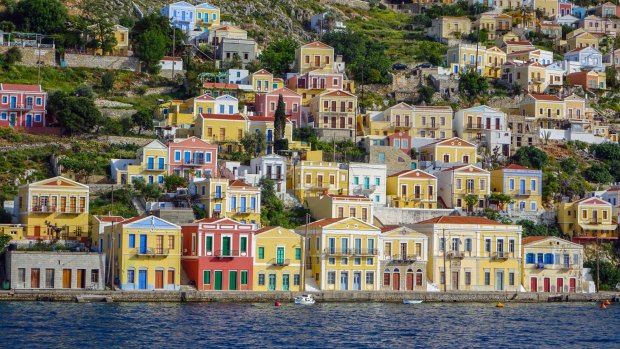
Symi, Greece. The Greek Islands are a good spot to visit during Europe's quiet season.Credit: Alamy
In some parts of the world, particularly Europe, tourists aren't all that welcome right now.
In Barcelona, Rome, Venice and Dubrovnik tourists are facing a major backlash from locals, as the cities are overrun during the summer peak season.
So how do you ensure you're not part of the problem? Your best bet is to visit places during the off season, when the tourist hordes are staying home.
"Off season" for some destinations means the time when you'll roast in a desert summer, freeze in a northern hemisphere winter or be merciless soaked by monsoons. But in some cases, visiting at the "wrong" time of year can actually be the time you'll have the best experience ...
Europe
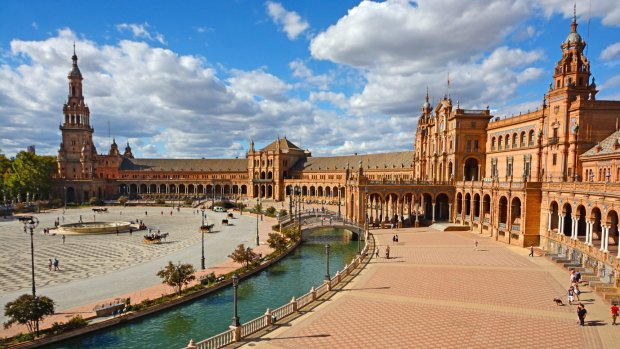
The European winter (especially January and February) is usually the home of short nights, below-freezing temperatures and grimly persistent rainfall. Unless heading far north to see the Northern Lights and very little else, the trick is to stay south, where temperatures tend to be in the single figures, but not bone-chillingly cold for anyone wearing a half-decent coat and jumper.
Resort areas such as some of the Greek Islands or the Spanish costas can be as good as closed down, so go cultural and hop between the cities – the likes of Rome, Florence, Seville, Athens are at their cheapest and least-crowded, but all the highlights are still open.
Inland Spain and Italy can be particularly good bets for stringing cities together.
See also: 'Go home': Anger boils over as tourists overrun Europe's hotspots
South-east Asia
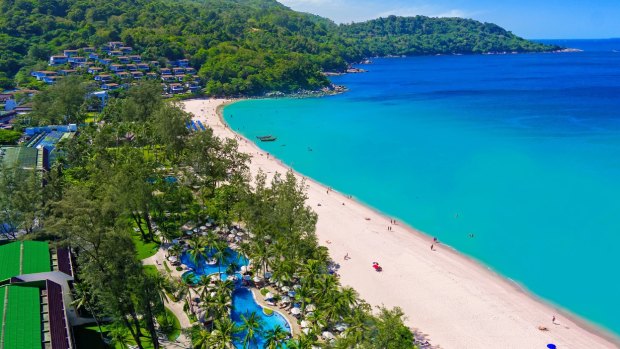
In the Australian mindset, the wet and dry seasons in South-East Asia tend to correlate with Bali's. There, you're more likely to escape a dousing between May and September, although the lesser-visited east coast is the driest part of the island during the wet season.
But elsewhere across the region, monsoons strike at vastly different times. In Thailand alone, Phuket gets bucketed on between May and October, but is relatively dry the rest of the year. Ko Samui on the other coast, however, gets its biggest pounding between October and December. In July and August, it still gets a fair amount of rain, but only half of what's landing in Phuket.
If in doubt, though, it broadly holds true that January to April is better north of the equator, and May to October is better south of it.
See also: Twenty things that will shock first-time visitors to Thailand
Australia
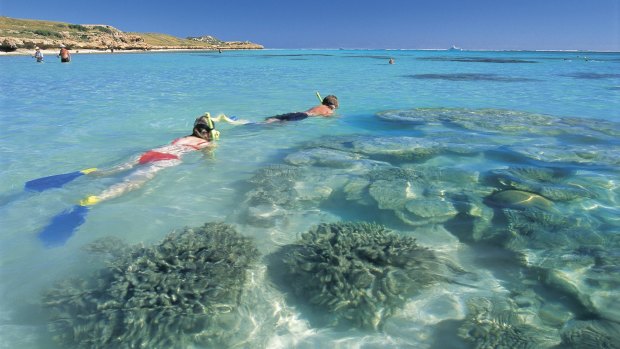
A sound rule of thumb is stay south in the Australian summer months, then head north between May and October for the dry season in the tropics. But some places buck the trend. For example, if you wanted reef snorkelling in December, you'd be looking at average monthly rainfall of 165mm in the Whitsundays. But over on the West Coast (and only a smidgen further south), it's only about 6.5mm in Exmouth, gateway to the Ningaloo Reef. And a similar massive gulf applies throughout the northern wet season.
In the southern states, reverse the rule of thumb for the outback – where you really don't want to be subjecting yourself to brutal January temperatures. The deserts are far better tackled in the cooler, winter months.
See also: 20 things that shock first-time visitors to Australia
The Pacific Islands
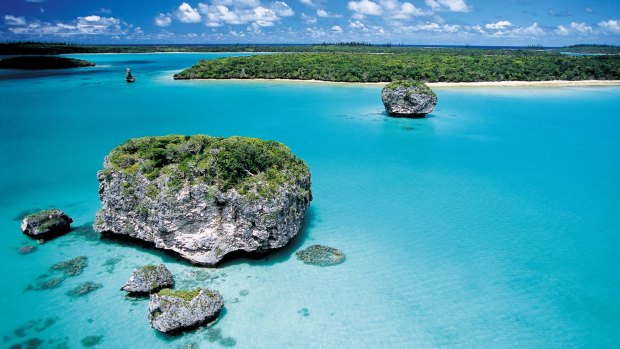
New Caledonia.Credit: New Caledonia Tourism
The South Pacific's wet season is roughly contiguous with that of northern Australia. They're islands in the middle of the planet's largest ocean, so get a hefty dousing of rain year-round, but it gets heavier between November and March. And that's when the hurricanes tend to arrive too.
But some islands get much less rain than others. Fiji gets roughly twice as much as New Caledonia, for instance – although the west (especially the popular Yasawa and Mamanuca island chains) doesn't tend to get as much as the Fijian capital, Suva.
Elsewhere, there are differences within that season. Tonga gets bucketloads of rain in February and March, while the rest of the wet season isn't too much wetter than the dry season. Tahiti, meanwhile, is drenched from December to February, but rainfall tails off sharply in March. French Polynesia usually stays out of the path of most cyclones too.
But the best way of getting great weather in the Pacific between November and March is to remember that not all the islands are in the South Pacific. In the northern Pacific, the likes of Guam and Palau are in their prime between December and April.
See also: Beyond Fiji - the other Pacific paradises you should visit
The Middle East
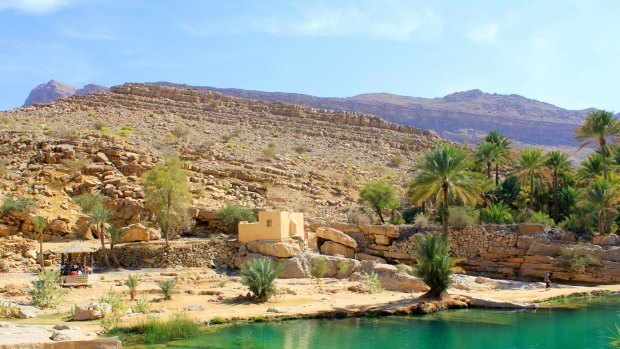
While a layover in Abu Dhabi or Dubai is a brilliant idea in the winter months (between November and March), they can be hellishly hot in the summer. But a completely different climate is in play in southern Oman, where Salalah is properly tropical, and average temperatures between July and September are about 14 degrees lower – in the comfortable mid-20s. Rainfall is higher than normal in this period, but still no higher than Cairns during the dry season.
See also: 20 reasons to love Oman
North America
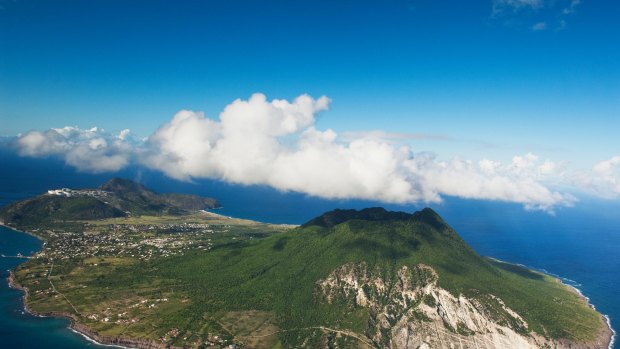
Credit: Getty Images
The US has a north-south climate divide that's not entirely unlike Australia's. Generally, you want to hit the north when it's warmer between April and October, and the south between November and March when it's not quite as brutally hot or humid. Use an imaginary dividing line from Washington DC to San Francisco for sweeping generalisation purposes
There are a few exceptions, though. Unless planning on skiing, the mountains of Colorado and New Mexico are better tackled in summer rather than in winter when roads can be closed. The same applies to the higher ground National Parks of the south-east.
Cities in the north are generally cheaper in the winter – but much colder too, and with chances of being trapped in by mega-blizzards for a couple of days. But the west coast tends to get rain rather than snow – which isn't ideal, but makes for cosy wine country weekends in northern California, Oregon and Washington State.
See also: Why winter can be the best time to visit New York
As for the Caribbean, hurricane season is officially between July and November, though the southern islands such as Trinidad tend to escape. Barbados is slightly detached from the main island chain, so gets away with it too. But for low rainfall during those months, desert-like Aruba is the major outlier.
Sign up for the Traveller newsletter
The latest travel news, tips and inspiration delivered to your inbox. Sign up now.